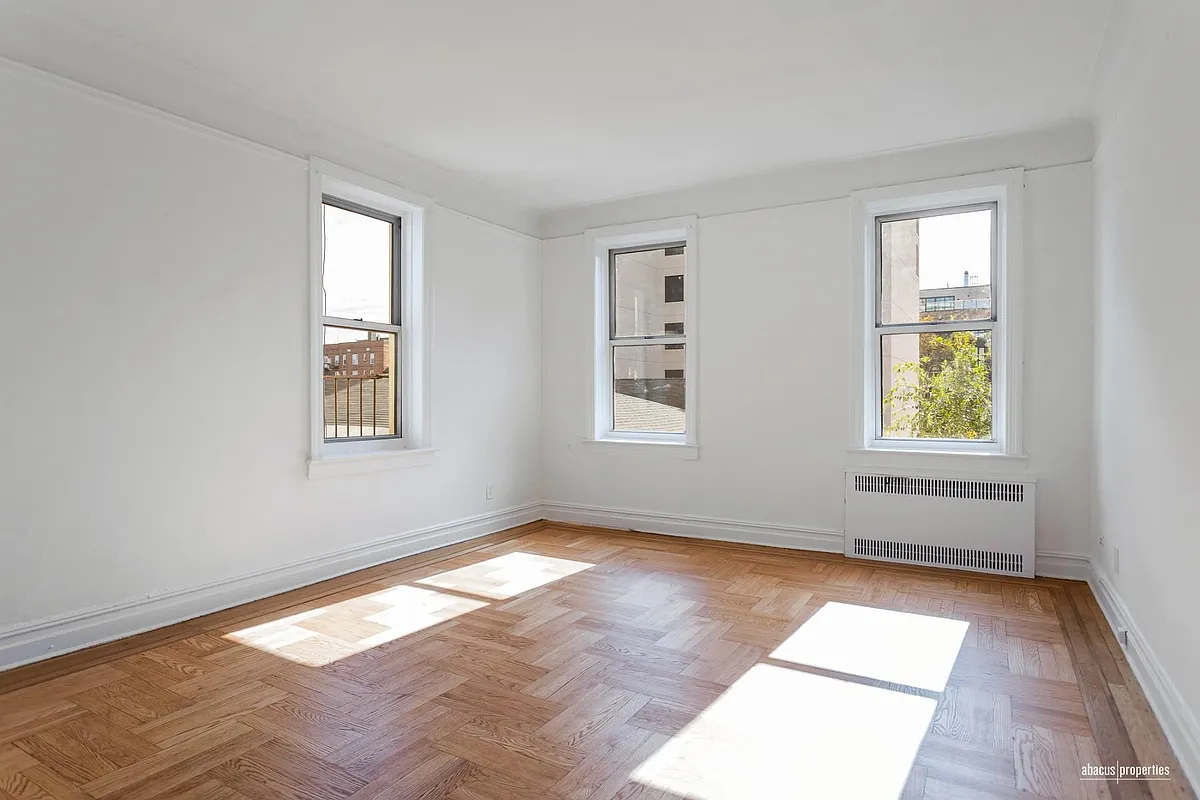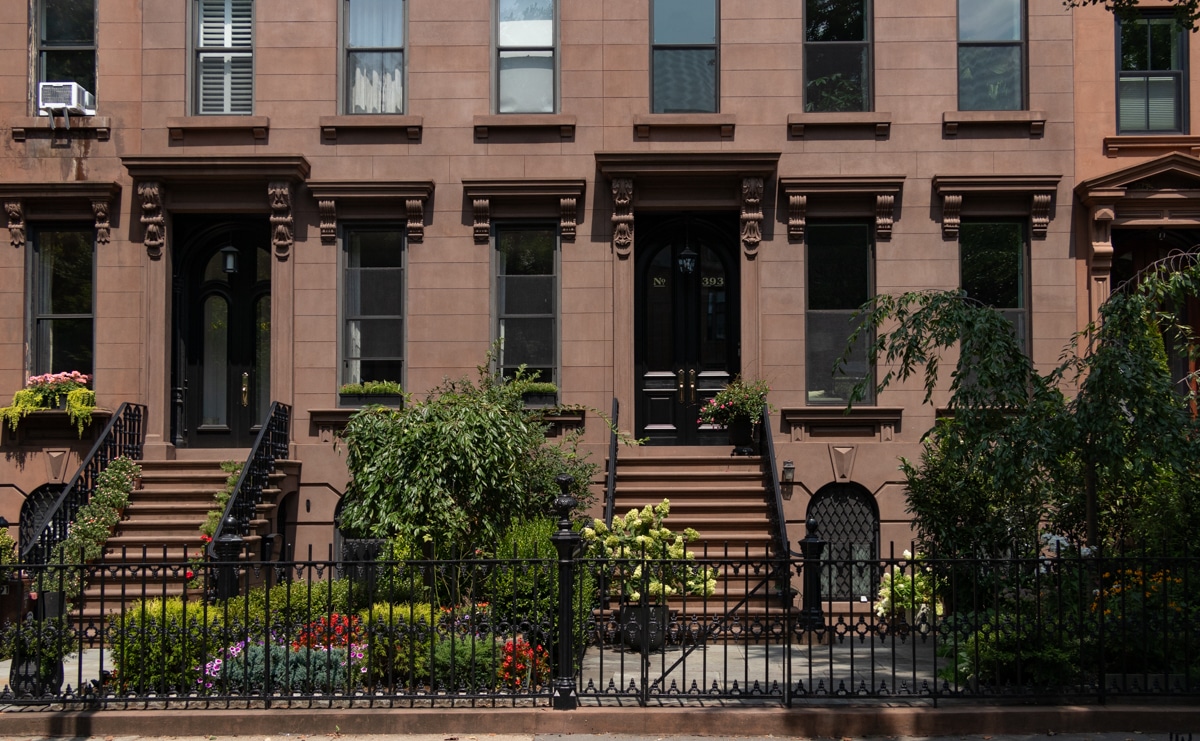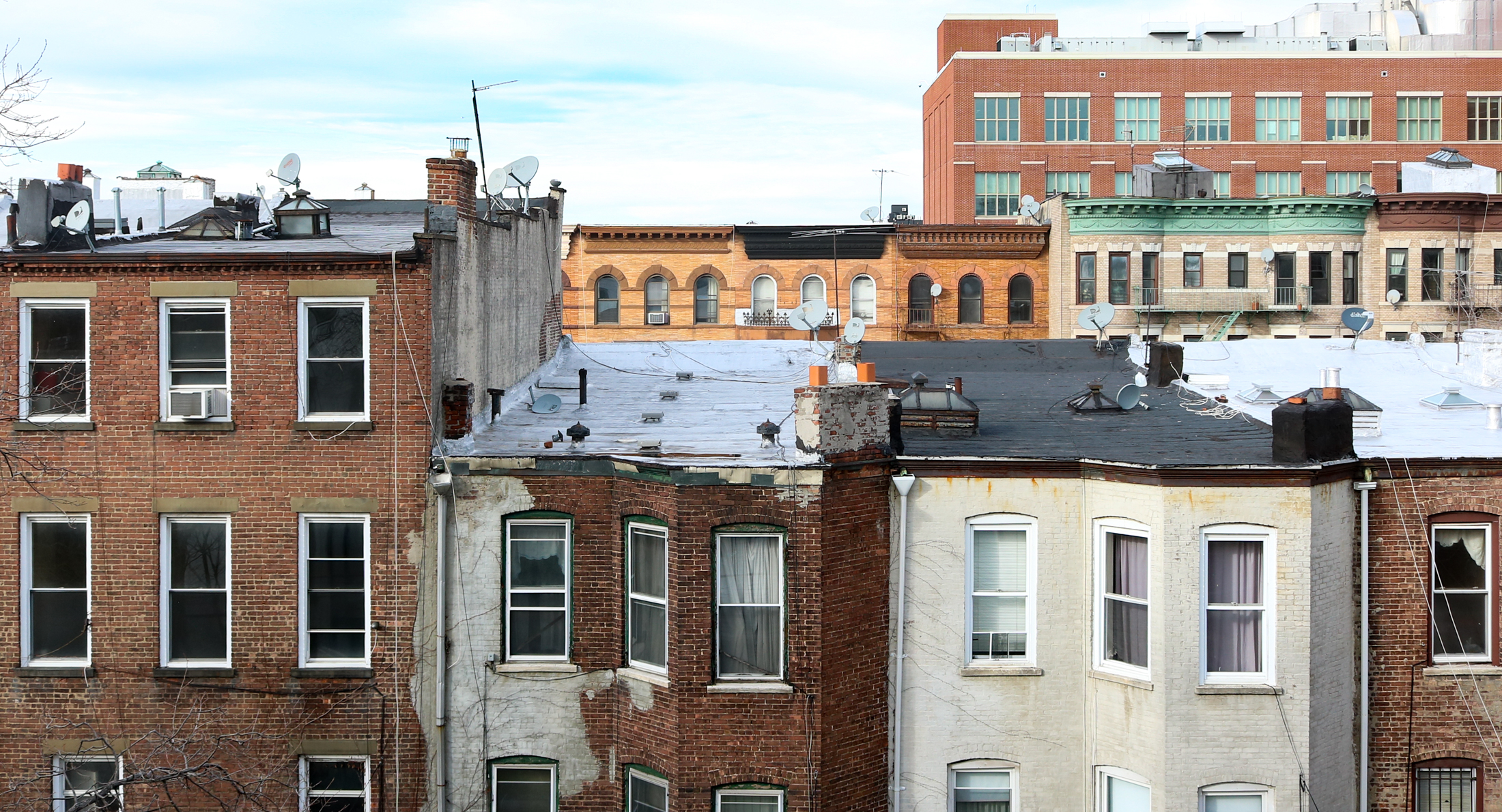Luxury Rentals Abound
Developers of new rental buildings aren’t as squeezed as those who are trying to pawn off new condos, but they are still struggling. The New York Times reported over the weekend that among the 7,000 new rentals citywide, Brooklyn will see 3,500 new luxury units (including some that opened in late 2009). According to the…


Developers of new rental buildings aren’t as squeezed as those who are trying to pawn off new condos, but they are still struggling. The New York Times reported over the weekend that among the 7,000 new rentals citywide, Brooklyn will see 3,500 new luxury units (including some that opened in late 2009). According to the Times, rents in the city are down about 25 percent from the market’s height in 2008 and the vacancy rate is almost two percent, compared to one percent in 2006 and 2007. Given the glut of rentals, developers in Downtown Brooklyn and Williamsburg continue to court would-be luxury tenants with free rent, gym memberships and iPods, among other perks.
Buildings mentioned: Avalon Fort Greene, the 600-plus unit building along the Flatbush corridor; 60 Monitor, the 60-unit project in Williamsburg; 184 Kent, which began as a condo; 80 Dekalb, Forest City Ratner’s 36-story tower; Brooklyn Gold, the 512-unit condo-turned-rental; and Brooklyner, the looming 51-story building built by the Clarett Group. Avalon and Brooklyn Gold have experienced delayed move-in dates, but you knew about Gold already. And what happened to the strong starts?





Newsouthsloper, do you have any data to back this up? From what I recall an article a few months back, the city has one of the worst air quality around and children were at the highest risk of being diagnosed with asthma.
Renewable energy/energy efficient projects might be a very good investment for NYC to become a sustainable place to live. I can see your argument on the suburban lifestyle being dead. I think there’s a book out there somewhere arguing this…
“Not saying it’s true or it will happen but it’s certainly debatable. I mean it took a few decades for people to get with the lightbulb.”
The same argument can be made for the death of the suburbs – i.e. ever rising energy costs, wasteful use of limited resources. I could argue that cities are the Greenest for living and our carbon footprint per person in NYC is a fraction of those living in suburban Nebraska or even Long Island.
I would argue the great suburban sprawl experiment is over. Cities are much more efficient and are making a comeback!
Like most things, MBS peaked in december ’08 with agency mbs (15yr again) at 196bps. But it has since come in since then and it’s due to TALF. The gov’t plans to unwind TALF later this year so it will be interesting to see how ABS will perform without it.
Ok ok. If we’re talking a few decades, I’m open to it. Though, wouldn’t use the word ‘dying’ to describe the transformation.
Then again, there’s always 2012….
i’ve waited a long time to say this but i agree with m4l.
call the times.
it was a loose leverage story. the interest rate story is, relatively speaking, a distraction.
lfw, can you provide the history. 39 bps is one piece of data. did it use to be 150? 250? if not, the base rate movement is the story.
as for telecomuting, i am willing to bet on the survival of cities in general and nyc in particular. in fact, rising energy costs are much more likely to have a pro-city effect.
Not saying it’s true or it will happen but it’s certainly debatable. I mean it took a few decades for people to get with the lightbulb.
And then throw in technological advances such as telecommuting and one may argue NYC might be a dying city.
———-
No chance.
LFW, you underestimate how many prick bosses frown upon telecommuting. guess thank god for them else NYC would be a ghost town.
“And then throw in technological advances such as telecommuting and one may argue NYC might be a dying city.”
This phenomenon has been heralded as the certain death of cities now for about 10 years.